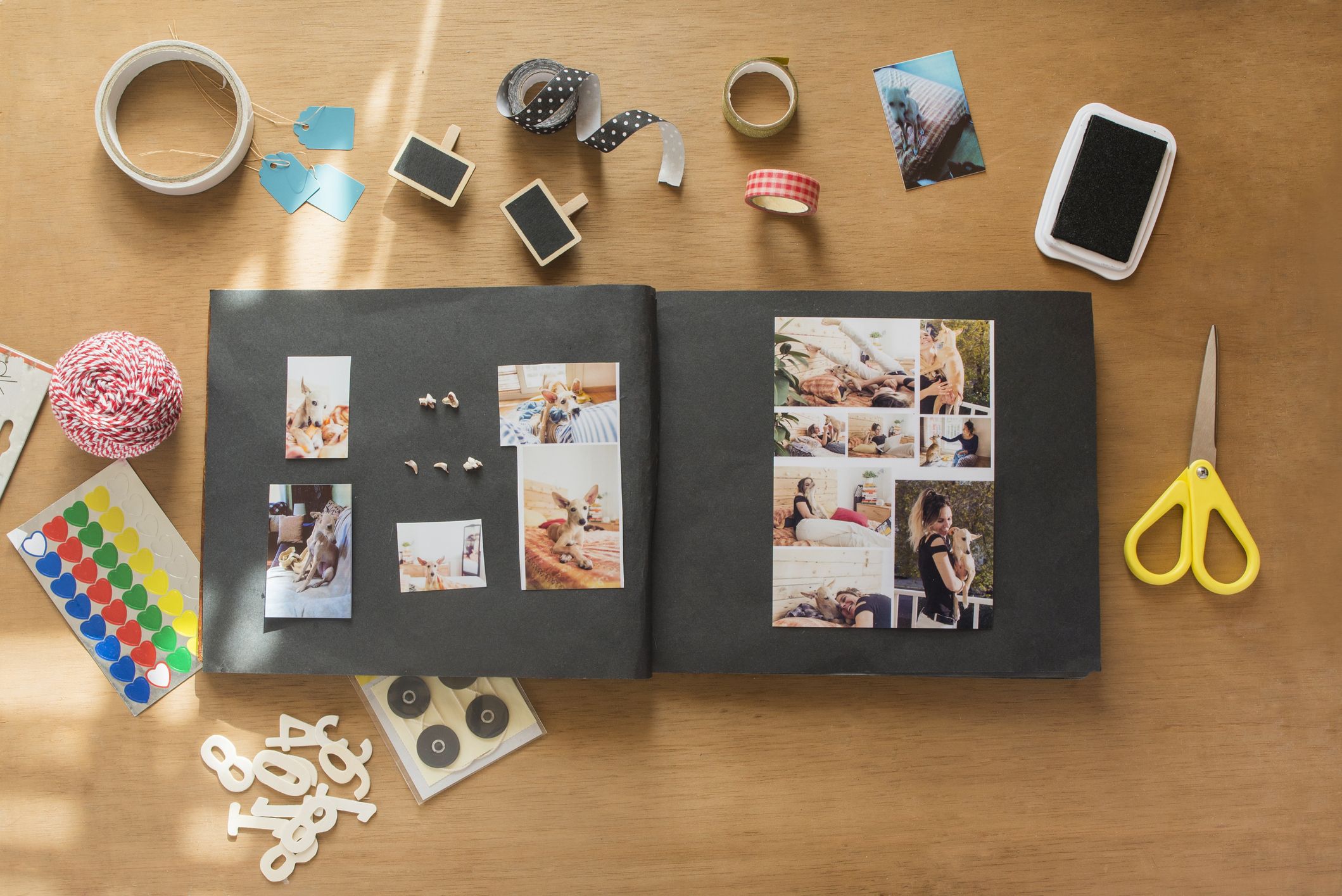
Scrapbooking is a creative and fun way to preserve memories for generations to come. It’s an art form that allows you to document your life, from mundane everyday moments to extraordinary milestones.
Whether you’re new to scrapbooking or looking for ways to take your projects up a notch, this article will offer tips and tricks on how to get started with scrapbooking and provide inspiring ideas for creating stunning pages that capture the essence of each moment in time.
So, let’s get started!
Choosing Supplies for Your Project
When it comes to scrapbooking, the possibilities are truly endless. There is a wide range of materials available for creating beautiful layouts, ranging from paper, cardstock, and stickers to rubber stamps, die-cuts, ribbons, and more. You can also purchase albums with pre-made pages or make your own using tools such as punches, cutting dies, and archival pens.
There are several factors to consider when selecting supplies for your project, such as the size of your photos and memorabilia, the look you’re going for (vintage or modern), and whether you prefer traditional scrapbooking materials or digital tools.
Organizing Photos & Memorabilia
Before you start designing pages, it’s important to gather your photos and memorabilia. Start by organizing them into categories based on the events or people they represent, such as “vacations” or “grandma’s birthday.” Then, you can start selecting the photos and memorabilia that will best highlight each event or moment in time.
When selecting photos, be sure to consider the size, orientation, and composition of each photo. For example, horizontal images are best suited for a two-page spread while vertical shots look great when centered on a single page.
Designing Page Layouts
Once you have chosen your photos and memorabilia, it’s time to start designing your page layout. Start by placing each piece of memorabilia and photo on the page in a way that tells a story or conveys an emotion.
When arranging photos, you can use different shapes, sizes, colors, and patterns to create visual interest. It’s also important to leave some white space on the page for additional elements such as text or embellishments.
Adding Text & Embellishments
Text can be an important element in scrapbooking – it helps tell the story behind each photo! Consider adding captions that describe who is in the photos or what the event was. You can also include quotes, journaling, or other text on your pages to add depth and dimension.
Adding embellishments is a great way to personalize your scrapbook pages and make them stand out. You can include elements such as ribbons, buttons, fabric swatches, stickers, and more to create visual interest and add a special touch.
Preserving Your Scrapbooks
Once you have finished designing your layouts, it’s time to preserve them so they last for years to come. Use archival-safe materials such as acid-free paper and pens, lignin-free photo corners, and protective sleeves to make sure your scrapbooks stay safe.
When storing your finished scrapbooks, keep them away from direct sunlight and extreme temperatures to prevent fading or damage. You can also have them professionally bound or framed for further protection.
Why should you create a scrapbook?
Creating a scrapbook is a great way to preserve memories and capture moments in time. It’s an art form that allows you to express yourself creatively and share your story with the world.
Scrapbooking can also help bring family and friends together as they reminisce over memories of days gone by.
Now that you know the basics of scrapbooking, it’s time to get started! Gather your supplies and photos, design your page layouts, add text and embellishments, and preserve your memories for years to come.
With a little bit of creativity, you can create stunning scrapbooks filled with meaningful stories that will last a lifetime!